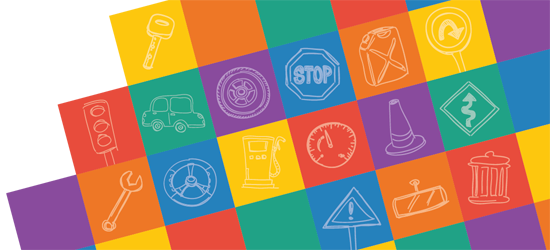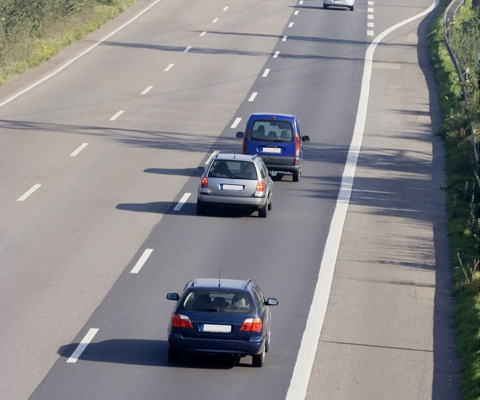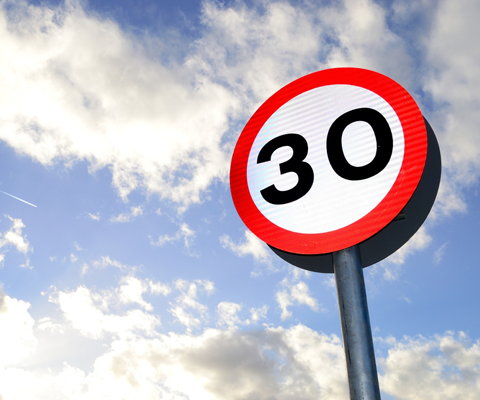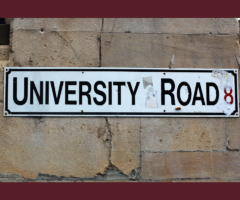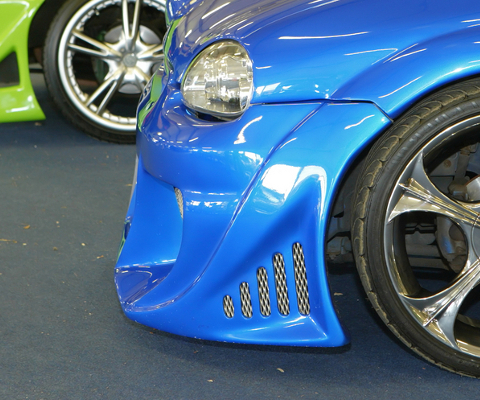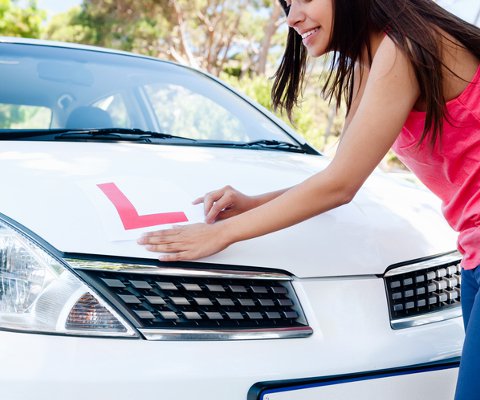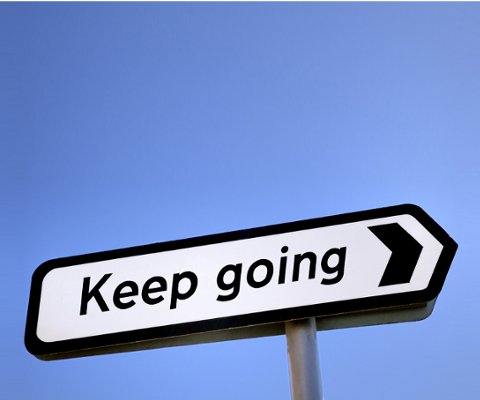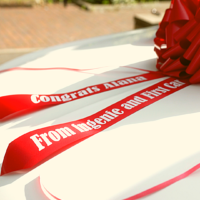
Controlling your car
My driving instructor repeats this constantly to me: “Most important thing? Make the car do what you want.”
When you first start driving, you feel like you’re veering down the road at an uncontrolled rate and it’s only luck you haven’t hit anyone yet.
But once you’re happy with the controls, you can get on with the real business of driving: learning all the rules that keep everyone safe on the road. We’ll get to that.
The pedals
There are 3 pedals on the floor of the driver’s side of your car, which you’ll use to control the power and speed of the car: the accelerator, the foot brake and the clutch.
Your car won’t go anywhere without them, so get nice and friendly with your pedals.
-
The accelerator
The pedal on the far right is the accelerator or ‘the gas’ and you should always use your right foot for this one.
Your accelerator does exactly what it says on the tin - it’s what you use to make your car accelerate. The more you press down on the accelerator, the faster the engine runs and the faster your car goes.
Keep in mind that it’s a very sensitive pedal. You only need to push your foot down a little bit to go faster, so foot placement is important to stay in control. Right heel on the floor of the car, using the ball of your foot and your toes to press gently on the accelerator.
-
The foot brake
The middle of your 3 pedals is your foot brake. When you use it, two red lights will automatically come on at the back of your car to alert the drivers behind you.
You should use your right foot to operate your foot brake as well as the accelerator (which makes sense - if you’re trying to accelerate and brake at the same time, something’s wrong!).
Avoid stamping on the foot brake pedal - push it down gradually until the car comes to a stop. This will help you stop nice and smoothly, which gives you time to prepare for your next move and gives other road users a chance too.
Find out more about stopping a car safely.
-
The clutch
As you drive your car faster, you need to put it in a higher gear. Same when you want to lose speed: to slow your car down, you need to move down gears too.
To change gear:
- Put your clutch down
- Move the gearstick into the right position
- Graaaaadually bring the clutch back up and accelerate a little
You can only change gears when your clutch is down (your car will make a horrid grinding sound if you try without) and you’ll need to use the clutch any time you’re bringing your car to a stop, too.
Other than that, you shouldn’t have your foot touching the clutch at all. Having your car in gear is what gives you control over your vehicle and if your clutch is down, it means your car isn’t in gear.
Coasting: Keeping your clutch down while you’re driving is called coasting and it’s dangerous because you have less control of the car.
For more help with how to control your car, read our guide to clutch control.
The handbrake
You need to use your handbrake when you’re going to be stopped for more than a few seconds. This is helpful for small things like not rolling back into a Porsche.
Your handbrake gives you some extra security - you can rest assured that with your handbrake on, your car won’t be going anywhere. It also gives your feet a little rest if you’re stopped in traffic.
It’s especially important to remember your handbrake when you’re stopping on a hill. In your test, your examiner may to pull up and move off again on a hill, and they’ll want to see you using your handbrake properly.
It also makes hill starts a little easier because you can focus on finding your biting point and pressing on the accelerator without worrying about taking your foot off the brake too soon. I live on a hill, so me and the handbrake are VERY good friends.
The steering wheel
We’ve talked about how to get your car moving: your steering wheel is what makes the car go where you want it to. Underrated.
If you imagine your steering wheel as a clock face, you should place your hands in the 10 and 2 positions to give you the most control.
When turning the wheel, try to feed it through your hands rather than crossing your arms over each other to turn. It’s safer this way as your hands stay on the wheel at all times, rather than tying your arms into a knot.
Direct quote from a driving instructor forum: “If airbag goes off while hands crossed then face gets watch pattern impressed in it.” Ouch.
If you’re sometimes a little fuzzy on your left and right (and I only say this because I actually am), now is the time to revise. When you want to turn left, turn your steering wheel to the left. Ditto to the right. Got it?

